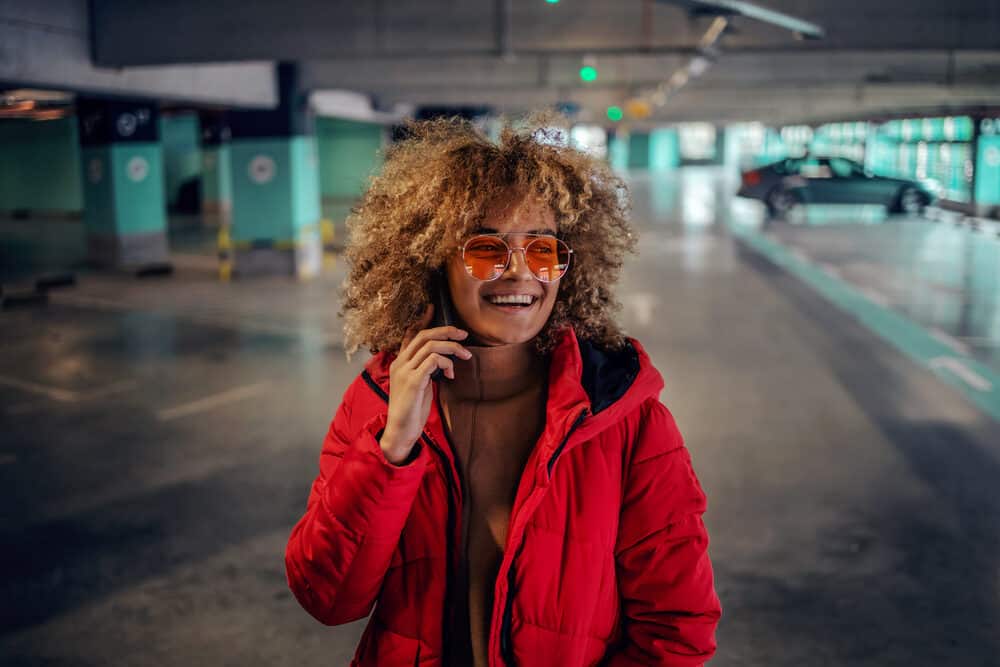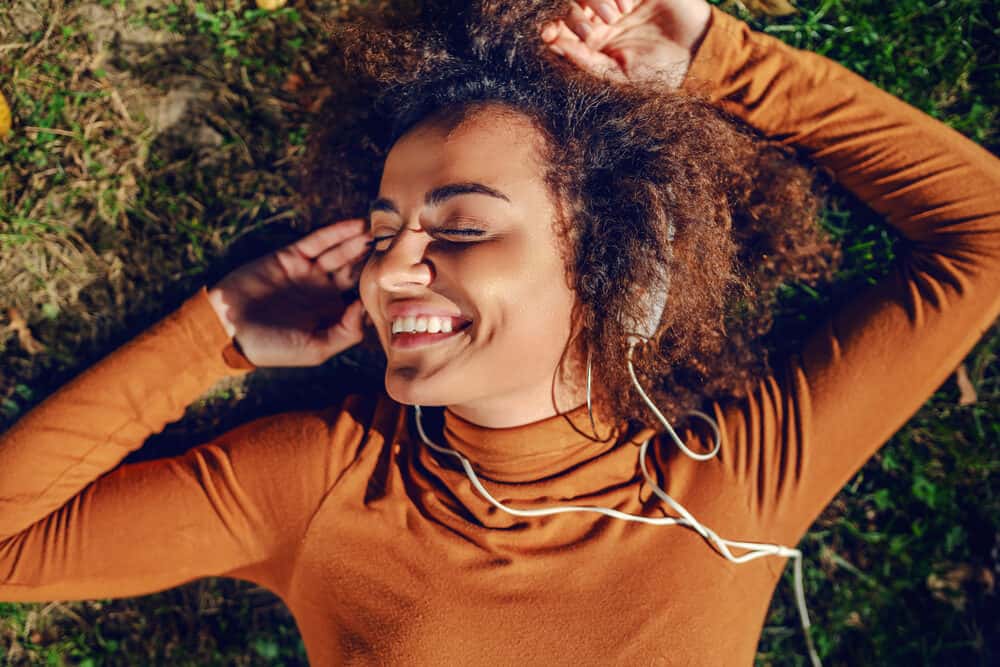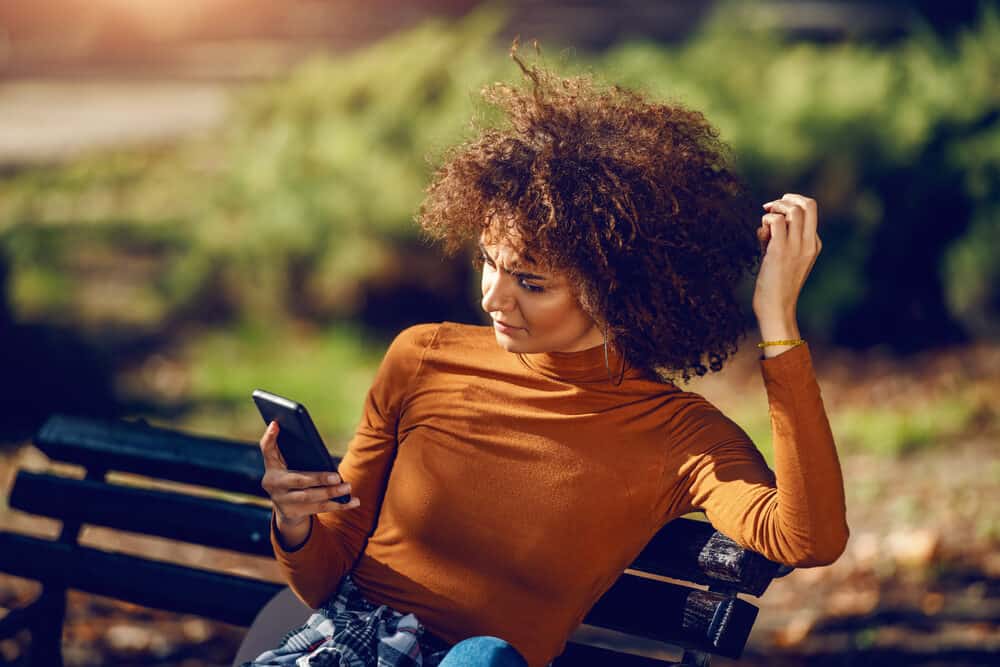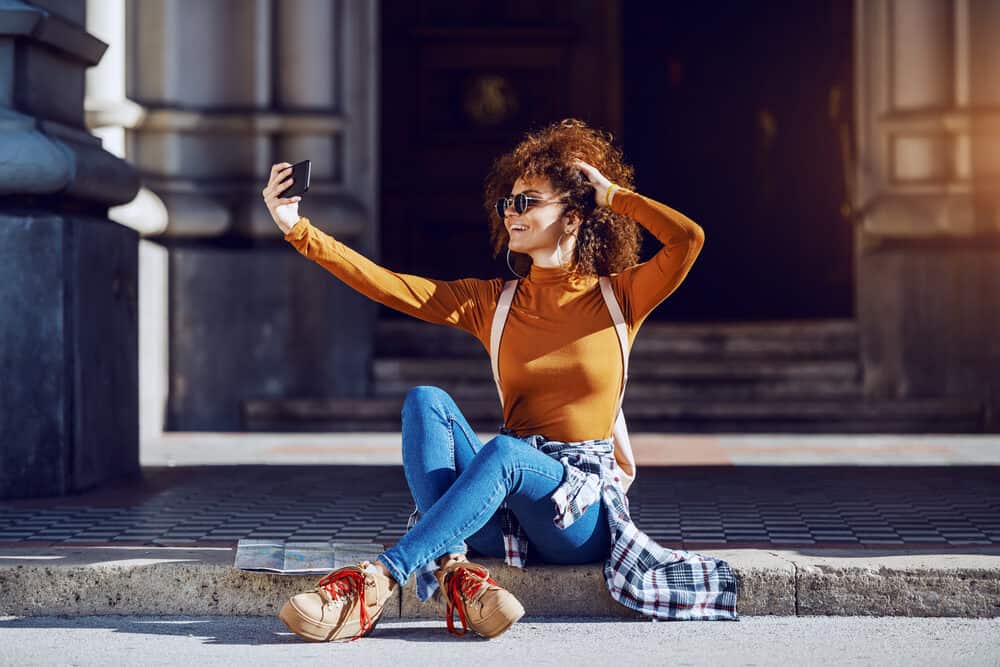
Dyeing your hair is difficult to do if you don’t have professional guidance. And, since we don’t have hairstylists in our back pockets, we often have to make sense of the dyeing process ourselves.
One issue that many people have a problem figuring out is whether you can dye wet or damp hair. Box dye instructions usually call for dry hair application, while stylists often add color to wet hair.
So what’s the right choice, wet or dry hair? Can you dye wet hair at home, or does it require a professional? Let’s find out.
Table of Contents
Can You Dye Wet Hair?
You can dye wet hair, and it's preferred in many cases due to better color absorption, a more even color result, and less clean-up after the hair dyeing process. Regardless of your hair's texture, wet hair is more absorbent, and it's often easier to change your natural color hair while it's wet.
Now that we've established that you can dye your hair while it's wet or dry let's discuss what happens when you're coloring wet hair and several considerations.
What Happens When You Put Hair Dye on Wet Hair?

Some think that certain textures accept color differently, but this is not true. The truth is that your hair's porosity is what determines how evenly and effectively the color processes. The more porous your hair is, the more color your hair can absorb, and that is why some prefer to apply hair dye to wet hair.
Better Color Absorption
The main reason why people dye their hair while it's wet is to change the hair’s porosity. Water opens up your hair’s cuticles, allowing more of the dye into each strand.
When your hair is wet, the color may penetrate much deeper than it would if your hair was dry, creating a more vibrant hair color.
Even Color Result
The moisture in your hair allows the color to distribute more evenly, so you can use less dye for the same results. Applying hair dye to dry hair requires more care when it’s applied to make sure you don’t leave any patches untouched.
Less Mess
There is also less of a mess when you dye wet hair. You can do it right in the shower or bathtub, reducing spills on your counter or floor.
Just fill a bottle with the dye, apply it to your hair, and work it in the same way you would shampoo. There are no brushes or bowls needed for this process. You can also rinse it away easier since you’ll already be in the shower.
Drawbacks to Dyeing Wet Hair
There are some downsides to applying dye to wet hair. Let’s get right into them below:
- Missed spots. When you’re smooshing the dye around, you may not be paying close enough attention and miss a few areas. Applying dye to dry hair takes more time and more attention.
- Dullness. The water that raises (or opens) your cuticles can also be absorbed by the hair (mainly if your hair is chronically dry). This leaves less room in the hair’s cortex (or hair shaft) for the dye, making the color look a bit dull.
- Mechanical damage. The open cuticle can also weaken the hair, raising the risk of damage higher than it would be if you were dyeing dry hair.
This doesn’t mean that you shouldn’t try dyeing wet hair. You just need to be extra careful when doing so.
Can You Dye Wet Hair with Box Dye?

When using a boxed hair dye, it's critical that you follow the instructions on the product's packaging for the best results. This is the best way to create the hair colors promised by the product's manufacturer.
You may think that the benefits of dyeing wet hair apply to every type of dye. Unfortunately, this isn’t the case. Box dyes are not designed to be used on wet hair. That’s why the instructions usually advise against it.
This is because permanent box dyes include ammonia and hydrogen peroxide in their formulas. These ingredients raise the cuticles to allow the color into the hair’s cortex.
They also strip away your hair’s natural oils. Wet hair will affect how this process works, resulting in an uneven, lackluster color result.
Can You Apply Semi-Permanent Dye to Wet Hair?

Semi-permanent hair color can be used on wet hair. Unlike permanent hair dyes, semi-permanent dyes don’t contain any hydrogen peroxide or ammonia. In fact, do the chemical composition they don’t affect the cuticle in any way.
Instead of being absorbed by your hair, semi-permanent dyes coat the hair cuticle. This enhances your current color in a more subtle way. This is also why these dyes don’t last as long as permanent coloring.
Since the cuticle isn’t affected by the semi-permanent dye process, wetting your hair won’t change the way it works. It will still lighten or darken your hair as it’s supposed to, so feel free to try these types of dyes on wet hair.
Should You Wash Your Hair Before Dyeing it?
Though you shouldn’t apply hair dye to dirty hair, you also shouldn’t wash your hair right before you color it. This is because your hair is coated with natural oils, called sebum. These oils protect the hair and scalp from debris, chemicals, and anything else that could be harmful.
When you wash your hair, especially when you use a clarifying shampoo, you strip away the hair's natural oil, leaving your hair unprotected. This increases your chances of experiencing scalp and color damage from the dye.
When applying permanent color to your hair, it is best to shampoo your hair at least 24 hours before you begin. For semi-permanent color or demi-permanent hair colors, shampoo 12 to 24 hours before applying the dye.
You may also want to avoid shampooing right after you color your hair. Your favorite shampoo may strip your new color away, causing premature fading. To prevent this, wait about 48 hours after coloring your hair to wash it.
You can still rinse it with lukewarm water and use a conditioner to give your hair some much-needed love after coloring. Using a deep conditioner after you dye your hair can also help reduce any dryness and damage.
Cases When You Should Dye Your Hair Wet

As we discussed above, semi-permanent dye is more effective when done on wet hair. That’s not the only time you can try wet hair dyeing, though. There are a few other cases where this may be a good idea, including:
- For thick-haired ladies - Those with coarse, thick hair may find it challenging to distribute hair dye evenly when they color their hair dry. Dampening the hair can help, enabling them to get a more even color application.
- Temporary dyes - Temporary dyes can also be used on wet hair to give you a bright pop of color or a softer pastel shade for a few days. The dampness will not affect the application in any way, so you don’t need to worry about uneven or dull hues. In fact, any non-permanent color is safe to use on damp hair.
- Wet balayage - A method of bleaching wet hair, called wet balayage, is used to give you a more subtle dimension as you lighten your hair. The moisture in the hair lifts the cuticle. This allows the bleach to enter more freely into the hair’s cortex, speeding up the lightening process. The water also dilutes the bleach, lightening the hair subtly.
- Henna - Those who prefer natural henna for coloring their hair will also need to wet it first. Unlike other types of dye, you also need to wash your hair before using henna - your hair should be damp and towel-dried.
- How Much Does It Cost to Bleach and Dye Your Hair at a Salon
- How to Get Hair Dye off of Your Scalp
- How to Fix Hot Roots on Dark Brown Hair
- How Long to Leave Dye in Hair
If you buy an at-home coloring kit and the instructions tell you to color your hair dry, be sure to follow those instructions to the letter. Not all coloring products are created equal.
Dyeing your hair is already a difficult task. But when you begin to wonder whether you can dye wet hair, it’s easy to get confused.
Luckily, there is a concrete rule for when to dye your hair wet: permanent dyes require dry hair, while temporary dyes can safely be applied to wet hair.
If you’re still unsure, speak to your stylist - they will be able to point you in the right direction. We hope that this article is helpful as you learn about your at-home hair coloring options.




